Anne E. Nelson
Historic preservation in Pittsburgh has had a productive past few months. Activity in downtown Pittsburgh is blossoming due to the rehabilitation and adaptive reuse of several historic buildings by developers using historic preservation tax incentives. The boundaries of a locally designated historic district were recommended for expansion by the City of Pittsburgh’s (City) Historic Review and Planning Commissions to the City Council. The City issued a Request For Proposal (RFP) to undertake an economic study of the financial and social impacts of preservation. In addition, the Pennsylvania Historical & Museum Commission (PHMC) is recommending to the National Park Service for listing on the National Register of Historic Places a new historic district, as well as boundary expansions and updated inventories for four existing National Register districts in downtown Pittsburgh.
These accomplishments build upon Pittsburgh’s long history as a community with strong preservation principles and an interest in protecting its unique architecture by renowned architects, such as H. H. Richardson, D. H. Burnham, Benno Janssen, Henry Hornbostel, Skidmore Owings & Merrill, and Trowbridge & Livingston, among others. Pittsburgh has three preservation organizations, numerous active neighborhood and community organizations, and supportive foundations. One organization, Pittsburgh History & Landmarks Foundation (PHLF), has been at the forefront of preservation since the mid-1960s.
The adoption of PRESERVEPGH, the City’s first-ever, city-wide preservation plan, in July 2012 has provided a new focus for the cause and prompted many of the recent achievements. The City and its agencies are more active and interested in preservation, and organizations have begun to re-engage in advocacy and planning, which are essential tools for a positive and engaged preservation movement. PRESERVEPGH recommends that additional resources be identified and added to the National Register and locally designated, and that work is underway.
National Register listings in Pittsburgh have largely been driven by developers interested in obtaining federal rehabilitation tax credits. All but one of the latest district nominations approved by PHMC in February, however, were submitted by PHLF. The project was undertaken with funding assistance from PHMC’s Keystone Historic Preservation grant program. Over 100 new resources will be added to the National Register, leveraging investment in the City’s historic buildings. PHLF’s submission included the new Pittsburgh Renaissance Historic District, which will be the second district listed on the National Register in Pittsburgh during the twenty-first century; the majority of Pittsburgh’s National Register districts were listed in the 1980s.
An added incentive to invest in National Register-listed buildings is the recently passed Pennsylvania Historic Preservation Incentive Tax Credit program. To qualify for either the federal and state tax credit programs, a building must be listed on the National Register or contribute to a registered historic district. Consequently, preservationists should actively list districts and buildings to encourage investment in and attract developers to Pittsburgh’s historic neighborhoods.
Local historic designations are an important preservation tool and should be pursued by preservation advocates because they provide a greater degree of protection than the National Register of Historic Places. Local designations are also effective because they provide public notification requirements, a public review process, and a forum for discussion prior to exterior alteration or to demolition of a historic building. Preservation organizations, community groups, and property owners should actively pursue local designations, as they did with the recent district boundary expansion, so that the most significant buildings in Pittsburgh are identified and protected before issues arise.
The adoption of PRESERVEPGH has made historic preservation in Pittsburgh less reactive and more deliberate, but much work remains to be done. Looking to the future, Pittsburgh should continue to work towards a planned approach to preservation. Suggestions for the way forward include:
- Encouraging community groups and organizations to locally designate historic resources that merit protection, such as the seven extant D. H. Burnham buildings, none of which are locally designated;
- Listing districts and resources to the National Register to drive investment;
- Enforcing, protecting and strengthening the City’s historic preservation ordinance;
- Developing an independent, yet collaborative, voice of historic preservation organizations; and
- Continuing to tap the resources and expertise of the PHMC.
Pittsburgh has the organizations, the resources, and, most importantly, the will to continue to improve its city, and there is no better way to do so than through preservation.
Anne E. Nelson
Anne Nelson joined the staff of the National Trust for Historic Preservation as Associate General Counsel in January 2013. She previously served as General Counsel of the Pittsburgh History & Landmarks Foundation. Anne is a graduate of Boston College and Duquesne University School of Law and is a resident of Bethesda, Maryland.
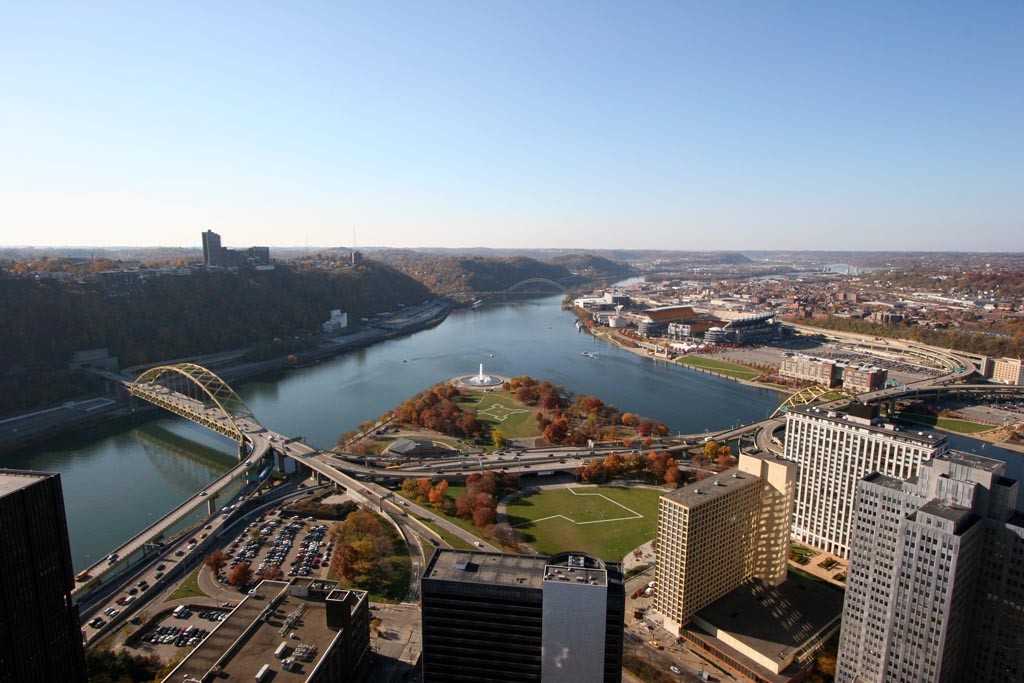
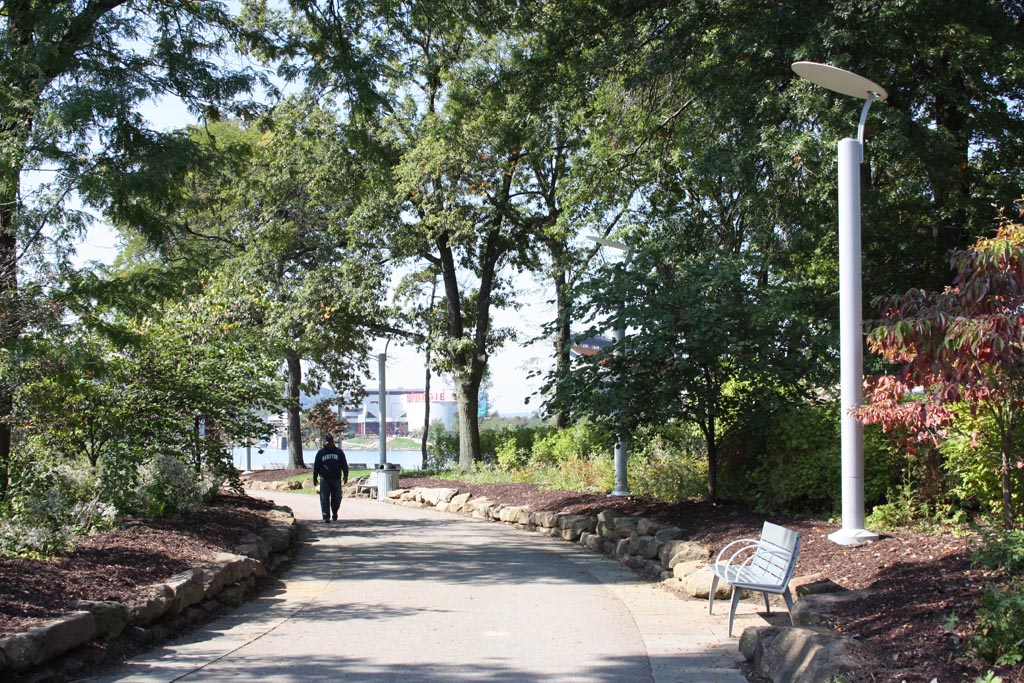
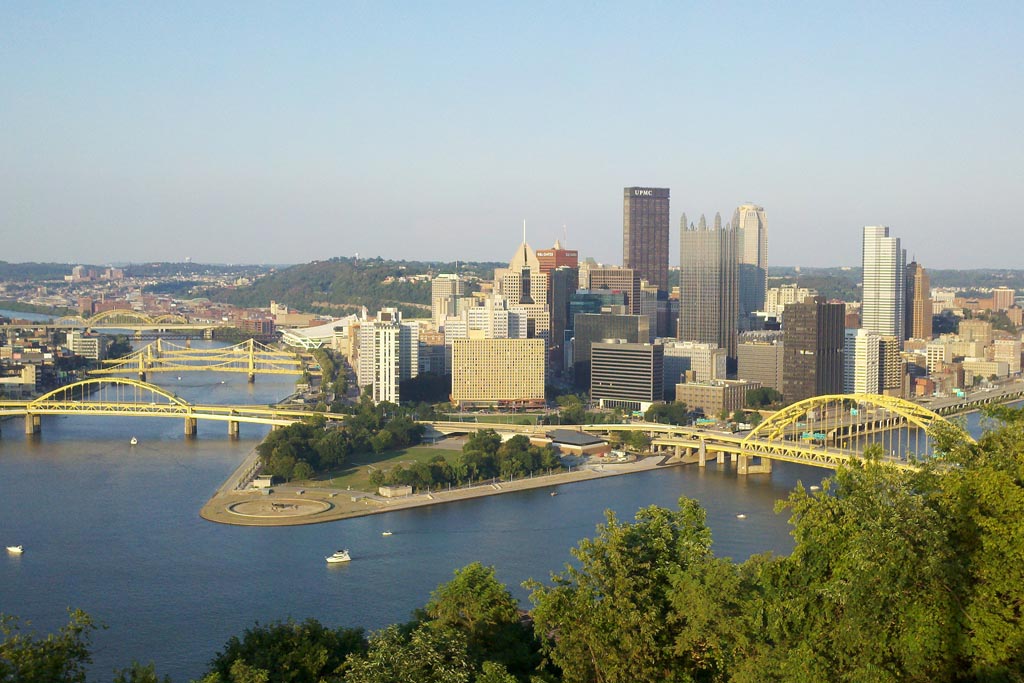
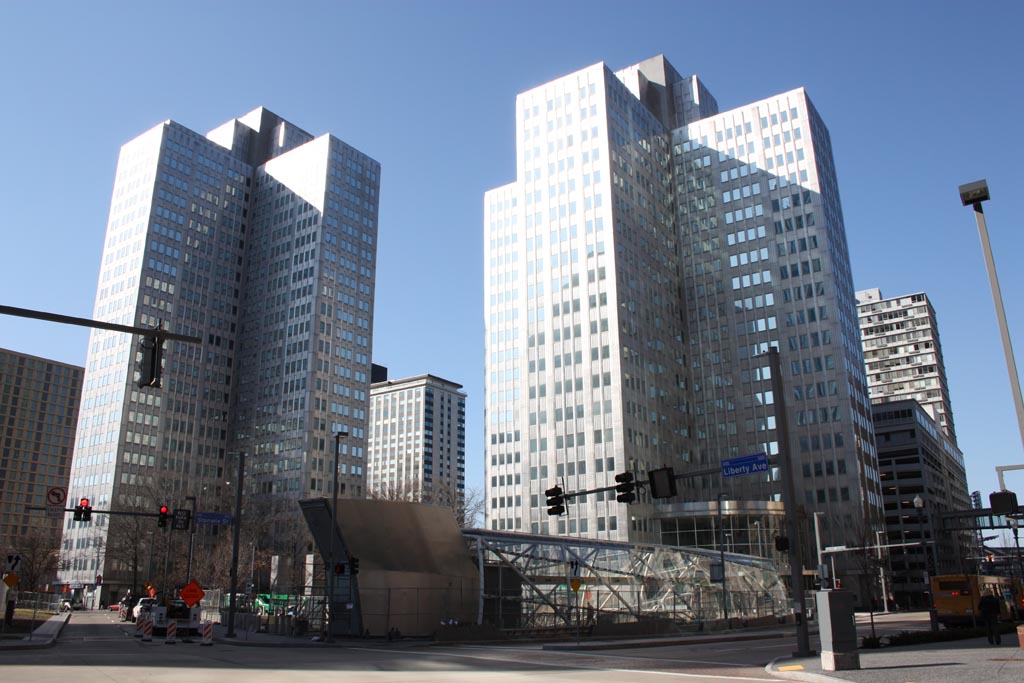
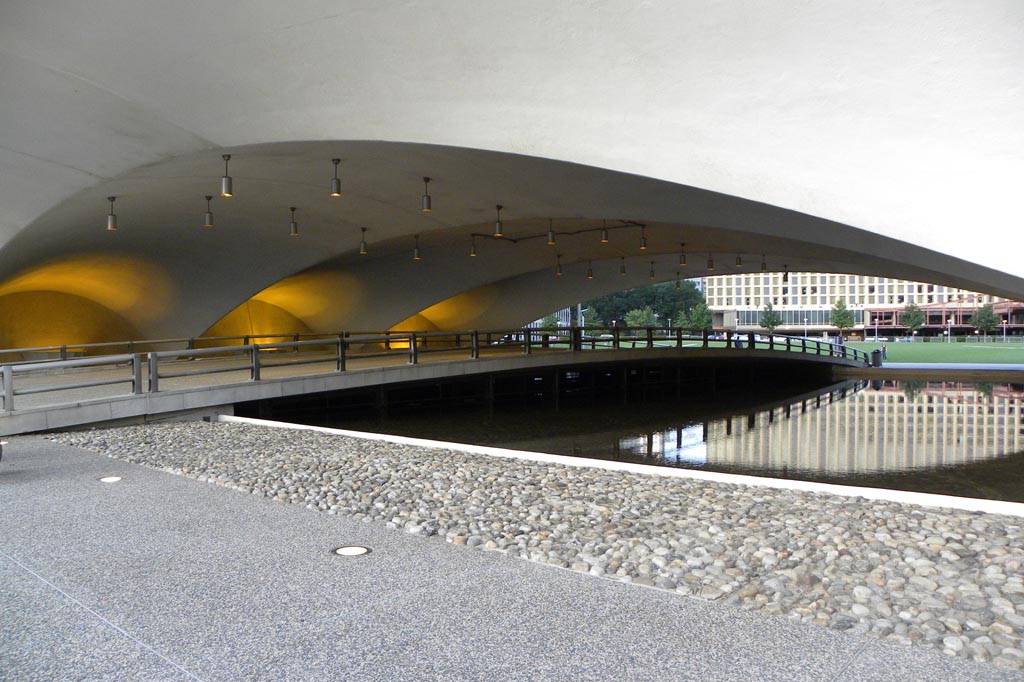
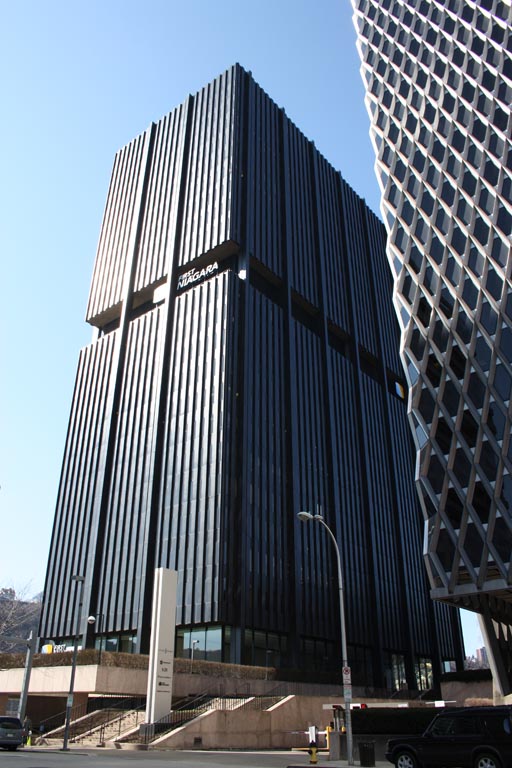
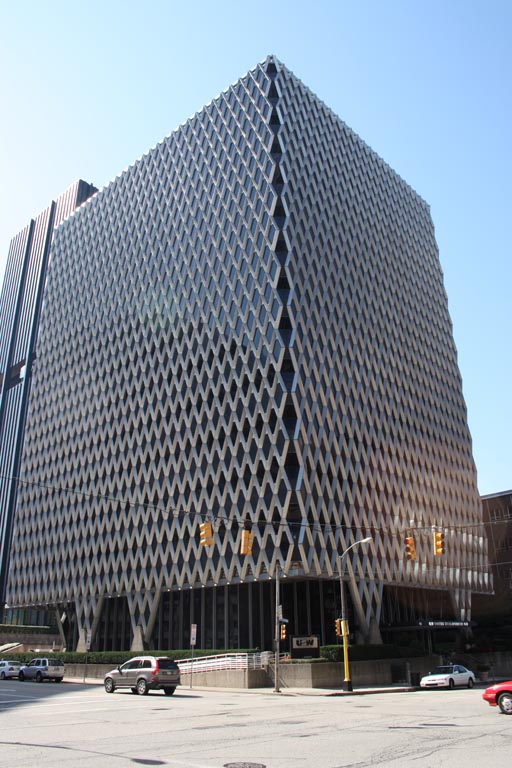
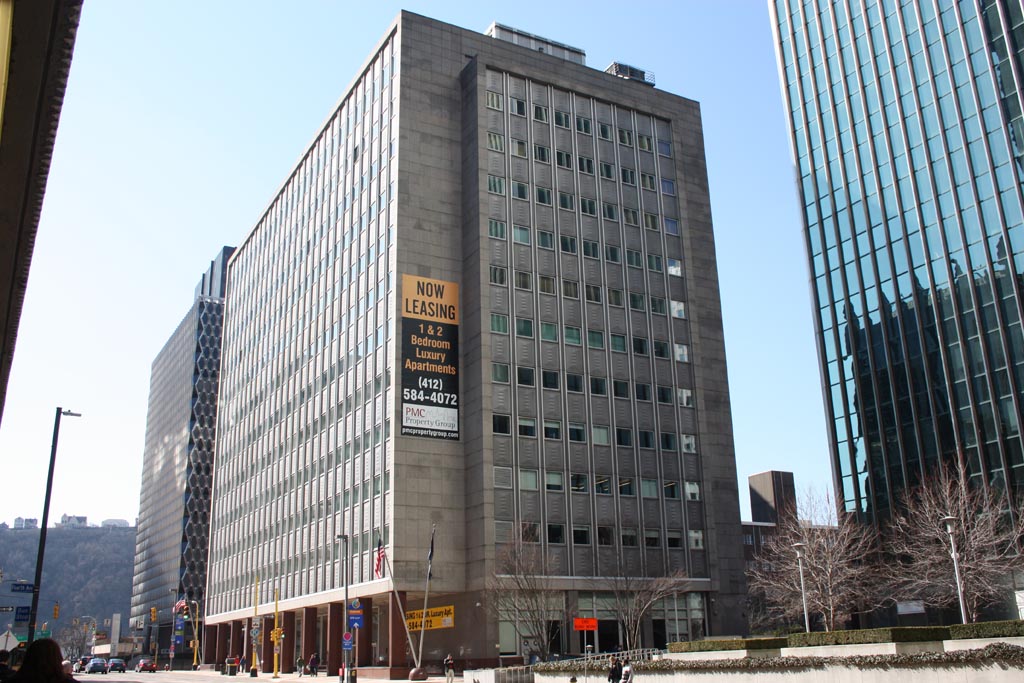
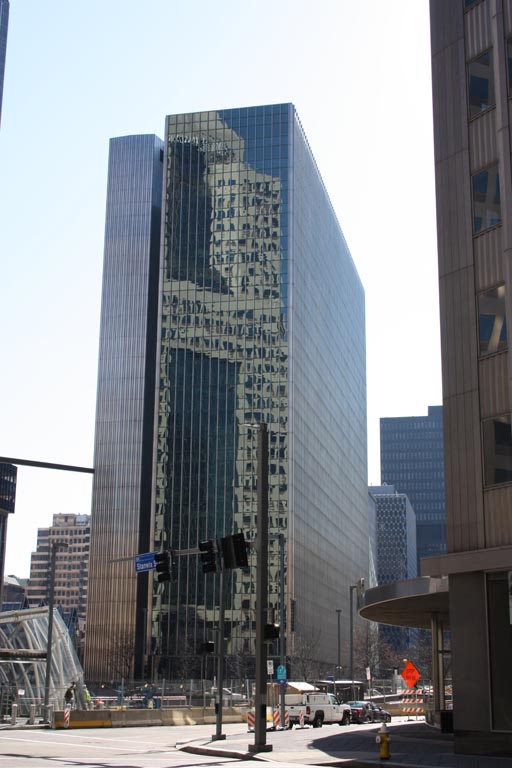
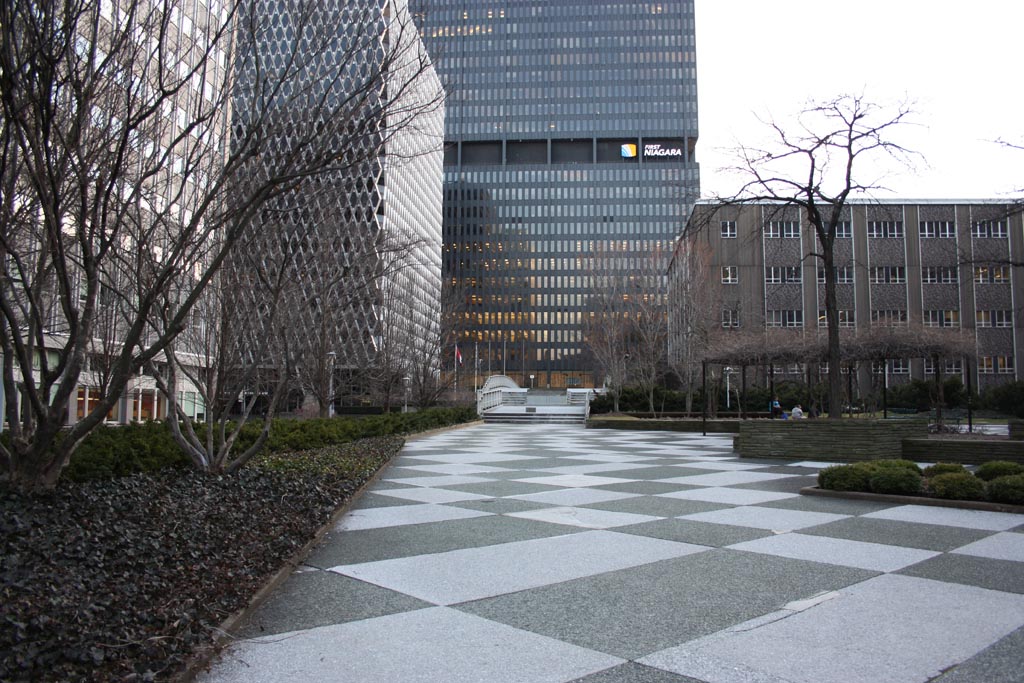
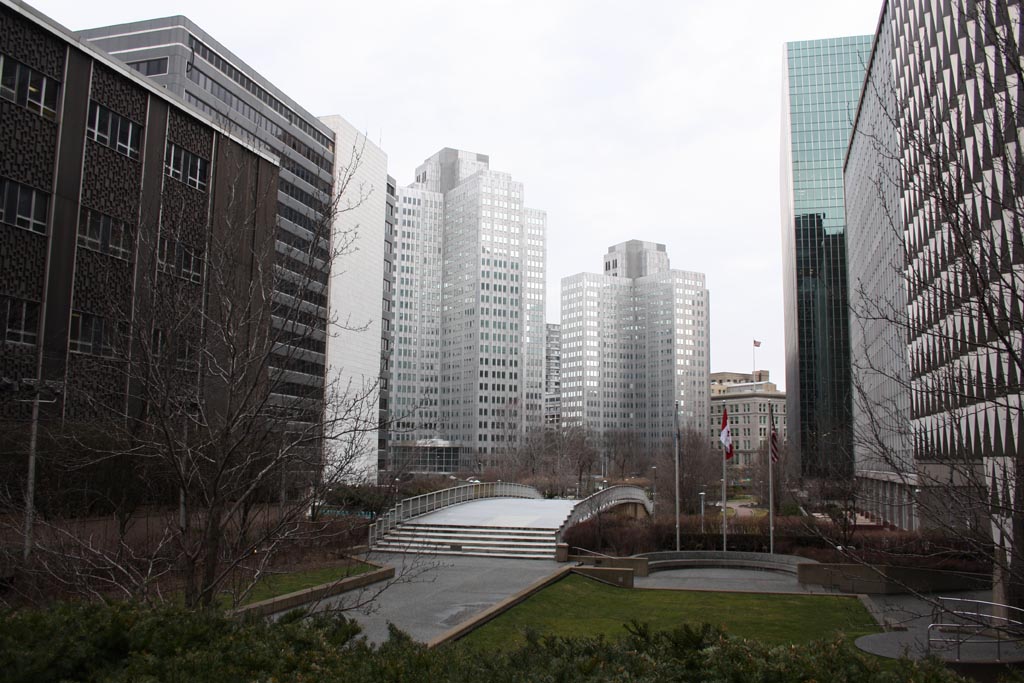
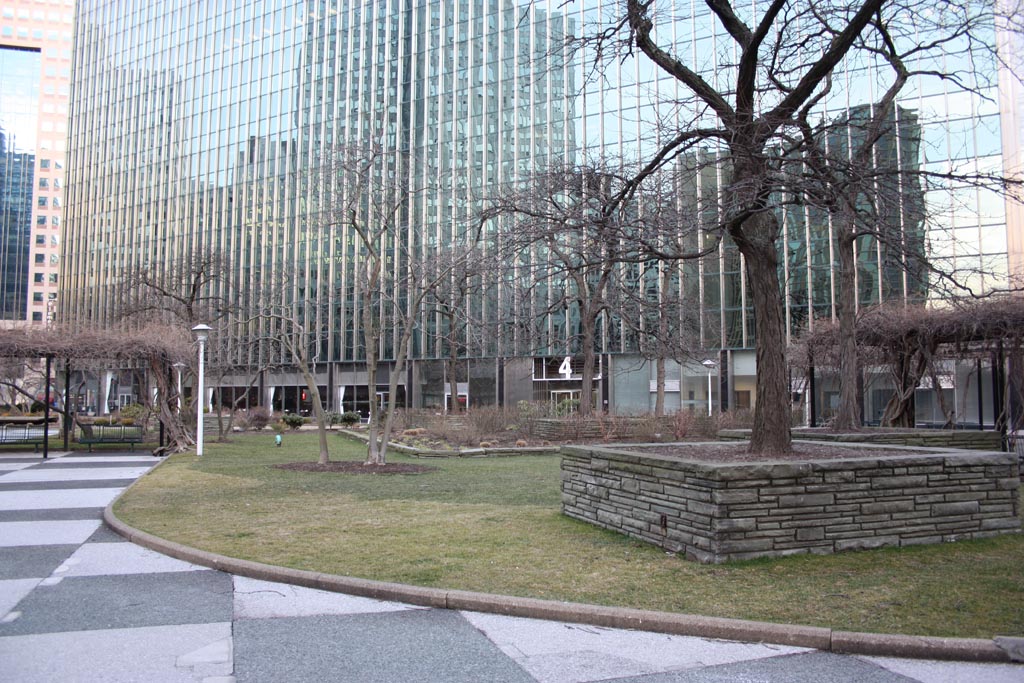
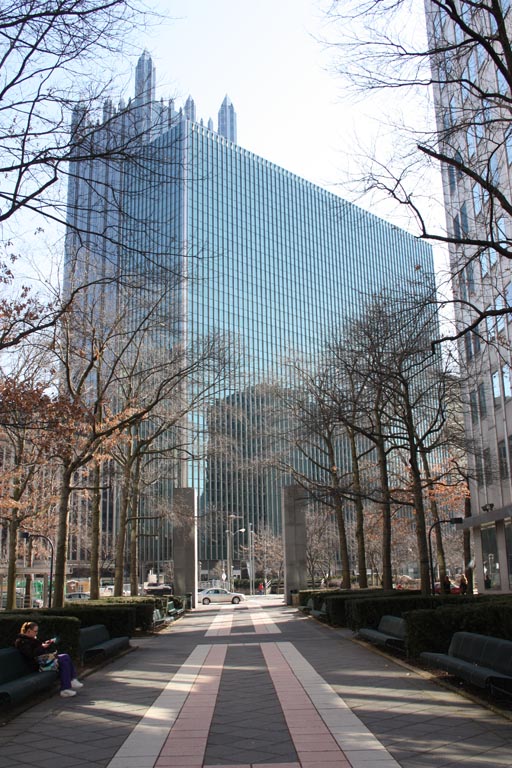
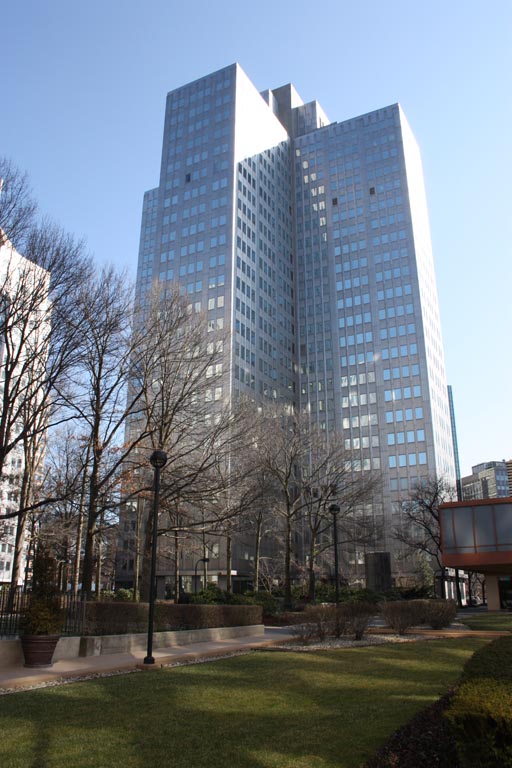
Leave a Reply